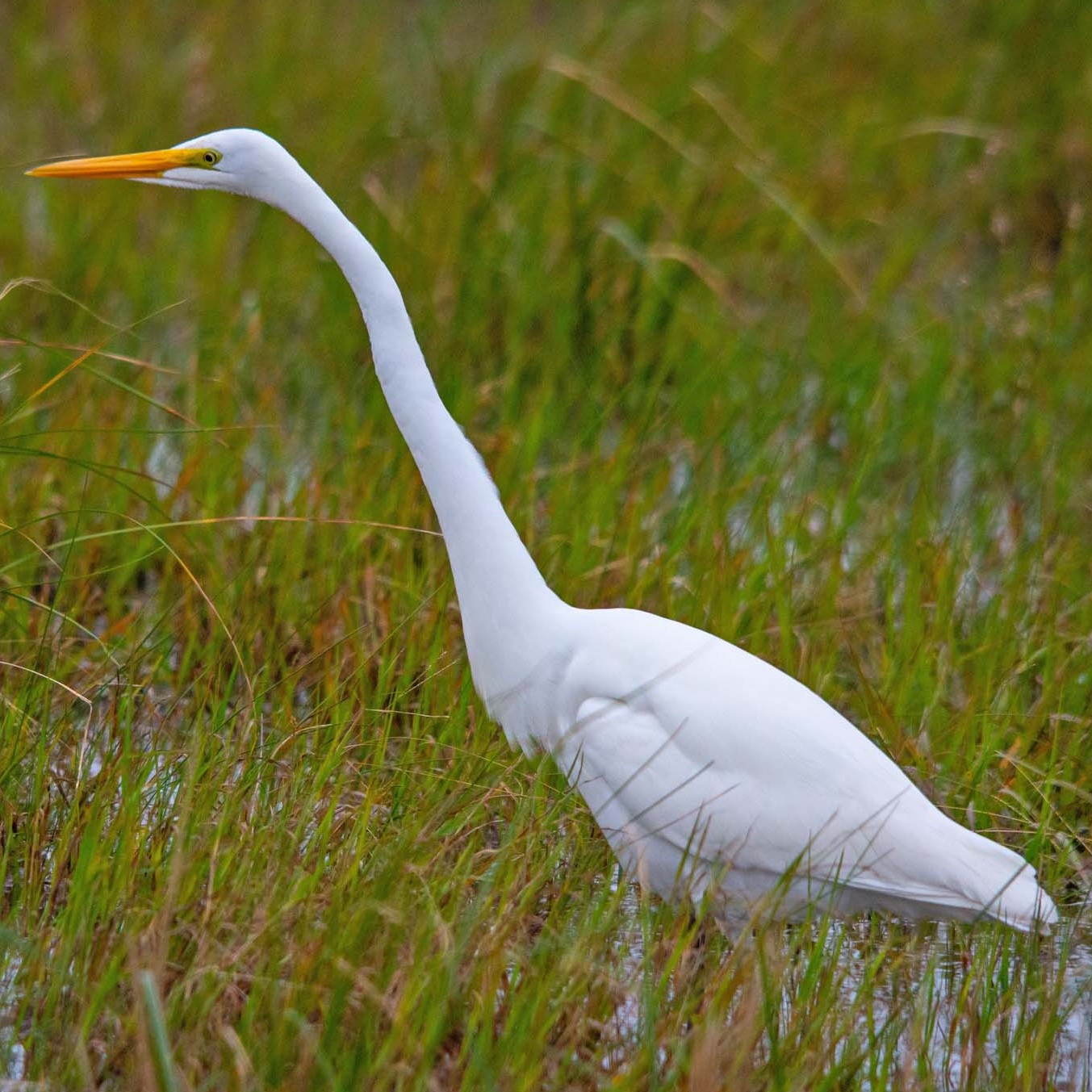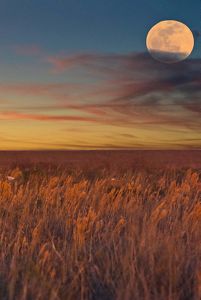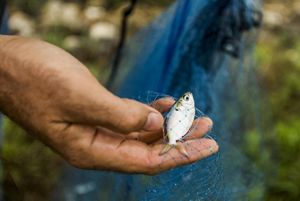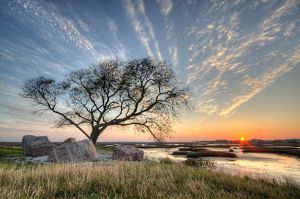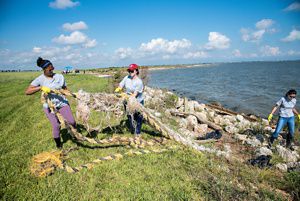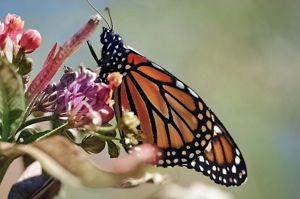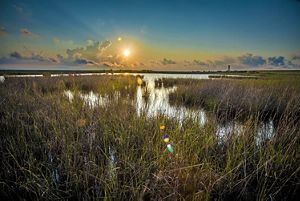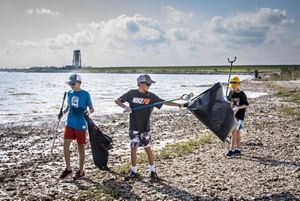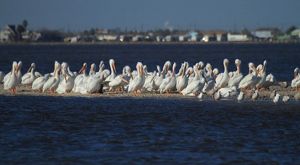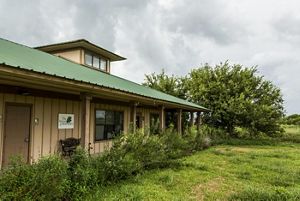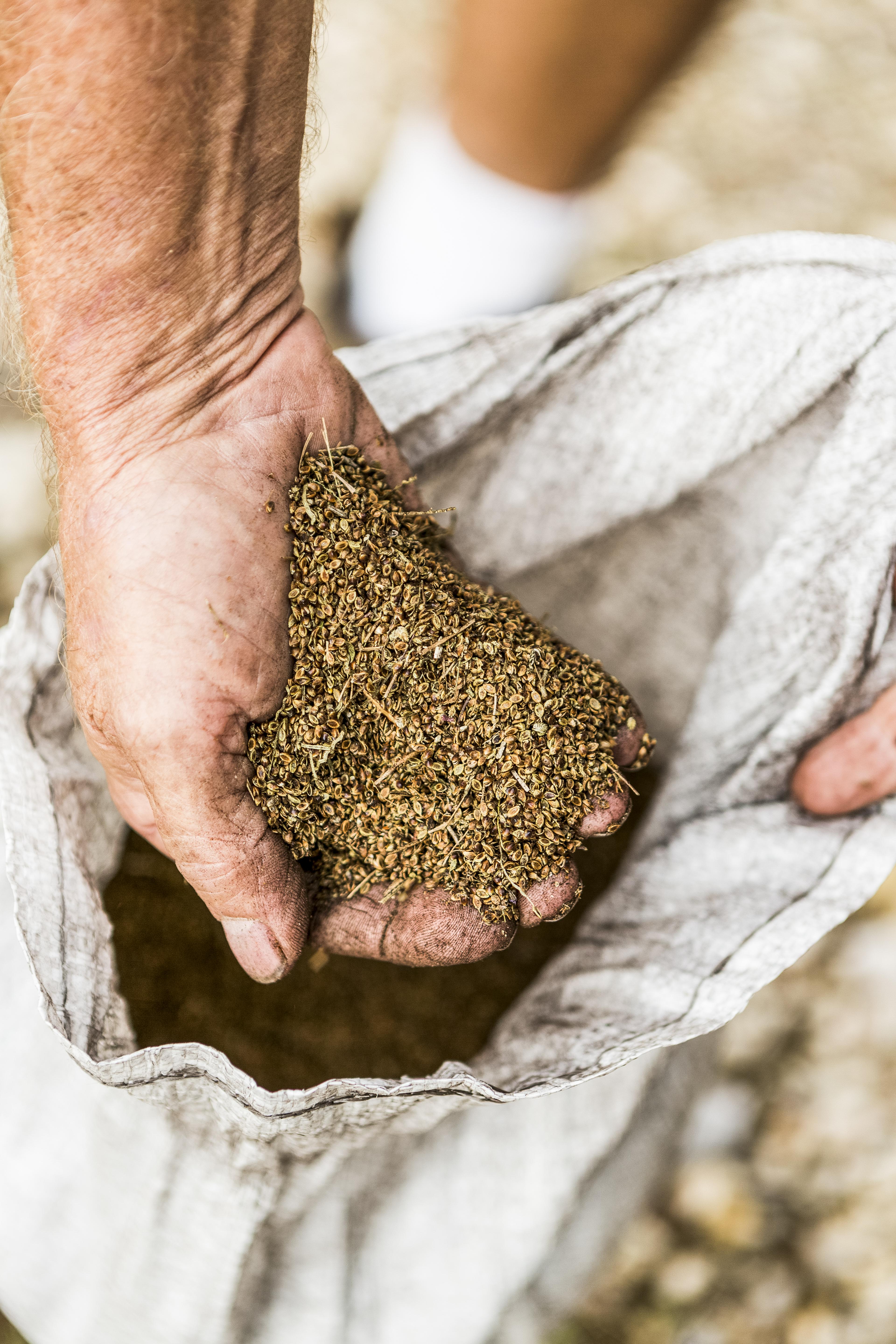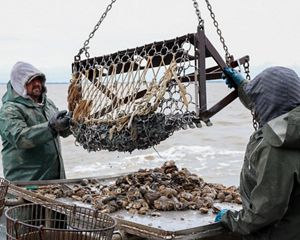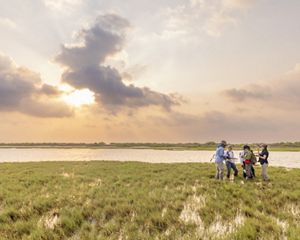Description
Just 40 miles south of Houston, the Galveston Bay area bustles with ships coming and going at some of the busiest ports in the world. Meanwhile, fishing nets are being prepared for professional harvesting, and tourists stroll through Galveston’s scenic streets. And in Texas City, on the southwest shoreline of the bay, freshwater and coastal habitat are being preserved by The Nature Conservancy (TNC). This includes a portion of the less than 1% of coastal prairie that once spanned over 9 million acres from southern Texas, up along the Gulf, and into Louisiana.
The 2,314-acre Texas City Prairie Preserve has become an important demonstration site for native prairie restoration and more, showcasing native plants such as big and little bluestem, gulf cordgrass and rare coastal gayfeather. The natural infrastructure being re-established at the preserve also provides important habitat for species that include white ibis, white-tailed hawk, Forster's terns and other shore and wading birds.

